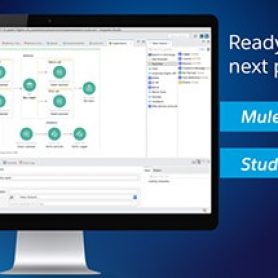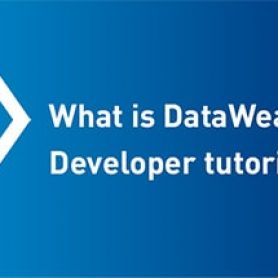How to be a matchmaker using DataWeave and regular expressions
In this blog, we’ll look at how a regular expression (regex) can give you the power to transform text in your DataWeave programming. When
How to review concatenation functions in DataWeave 2.0
Contrary to what most developers believe, there are different ways to achieve concatenation in DataWeave 2.0 for several data types. While the most popular
How to untie multilevel structures with DataWeave recursive calls
It's rare for developers to work with flat data structures — instead we often work with multilevel data structures. Normally, XML uses multiple layers
How to create reusable DataWeave scripts for healthcare acceleration
Tyler Haigh, DevOps Engineer at New South Wales Health Pathology (NSWHP), spoke at our MuleSoft CONNECT Digital event in APAC. He has more than
How to write curried functions in DataWeave
One of the most valuable characteristics of DataWeave is that it is a functional programming language. This means it is dynamically able to solve
Understanding “big-O complexity” in DataWeave
Sometimes developers face optimization challenges in their code — regardless of the programming language they use. One of the most common optimization challenges is
Dynamic DataWeave for secure access to UCSF’s EHR data
Veera Gopalakrishnan, a System Integration Engineer, and Swarnim Ranjitkar, a Sr. Software Engineer, at University of California, San Francisco (UCSF) both have more than
MUnit testing made easy: Introducing the test recorder
Testing is an essential part of the software development process used to ensure code quality, but the reality is that it can be a
Announcing a new DataWeave tutorial series
Have you ever used DataWeave? In this three-part tutorial series, you will be guided through different DataWeave operators that you can use directly in
How to use DataWeave to read XML
At some point while developing a Mule application, it’s almost inevitable that you’ll need to manipulate XML. In this article, I will teach you























